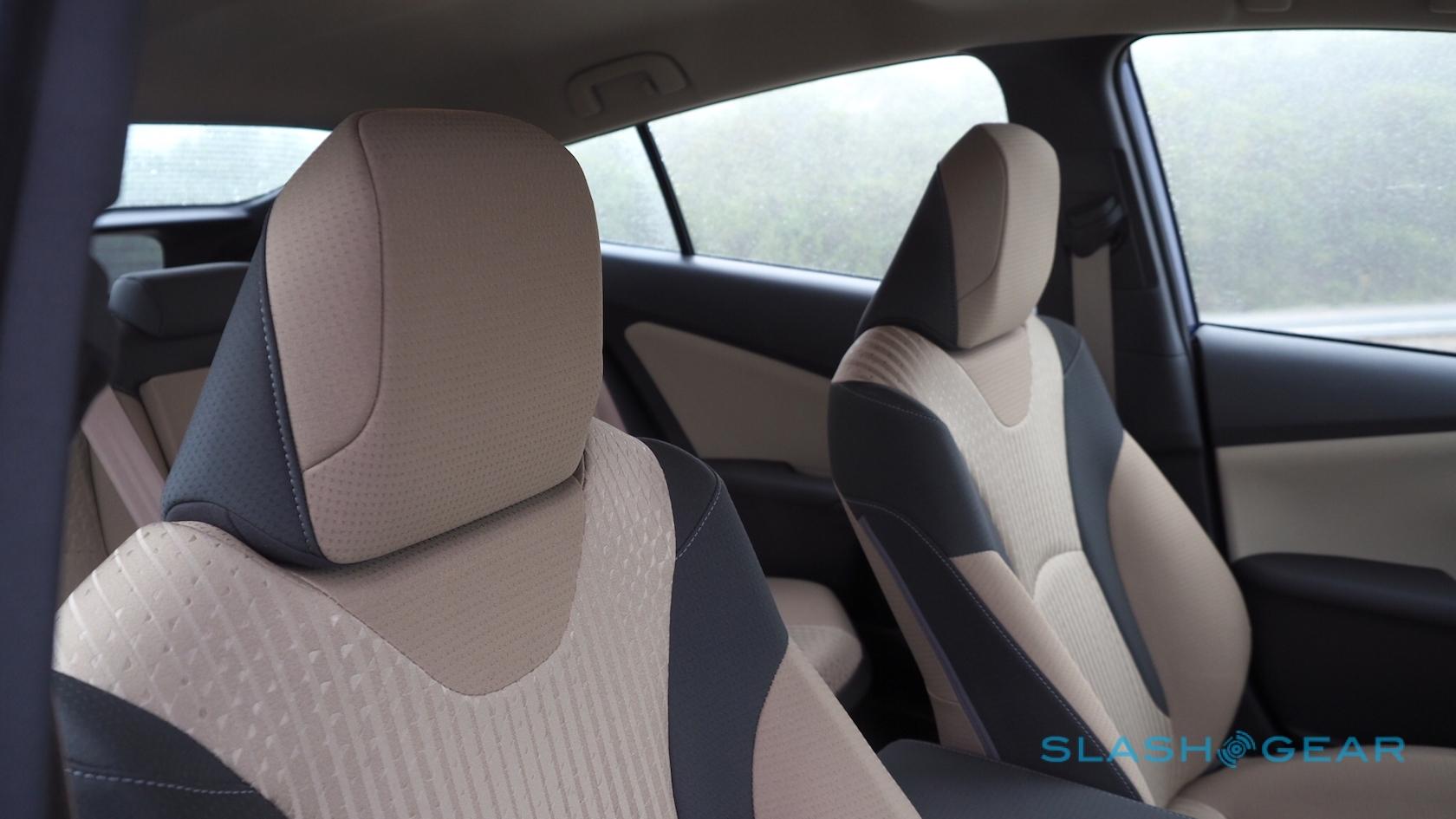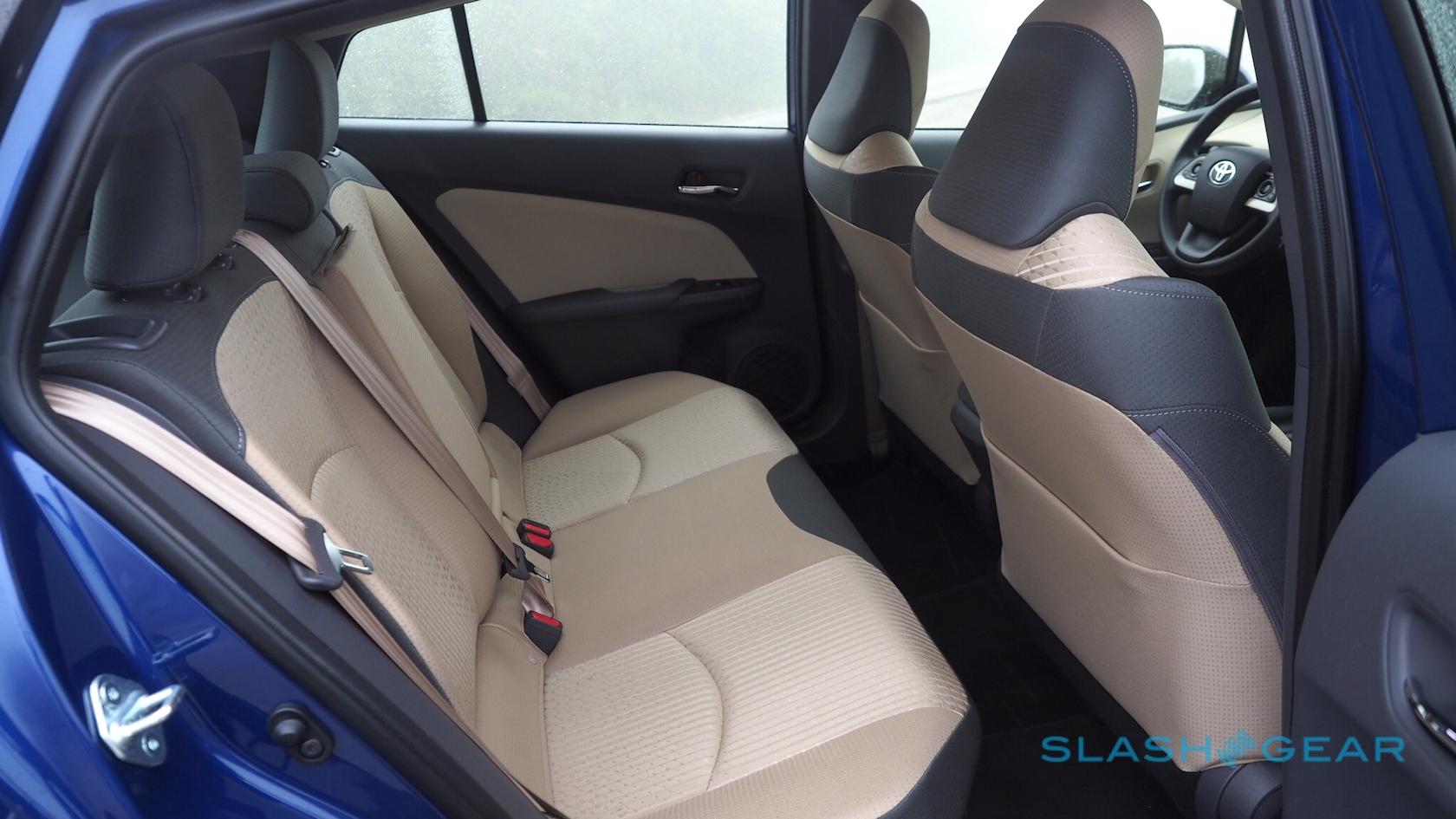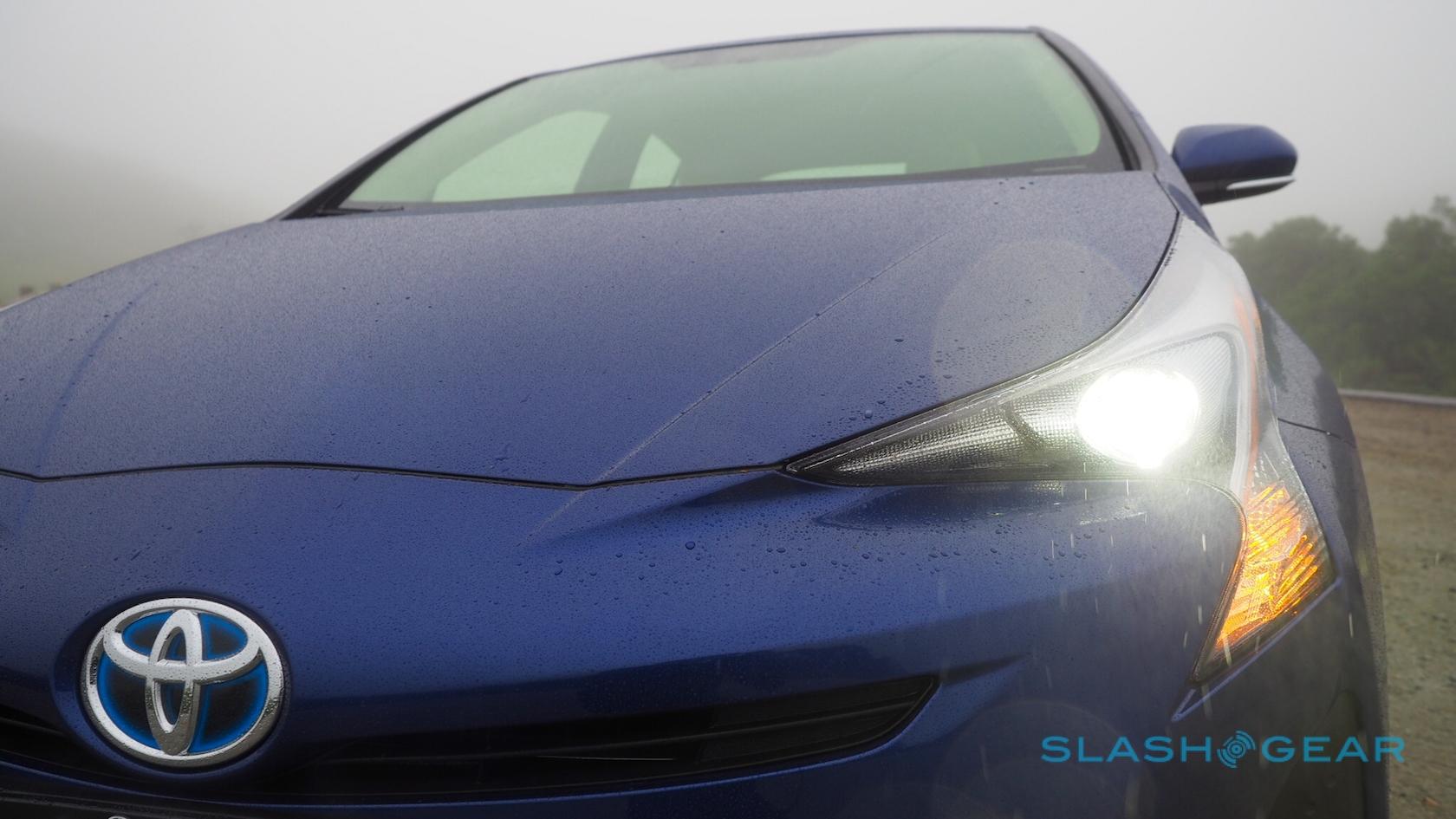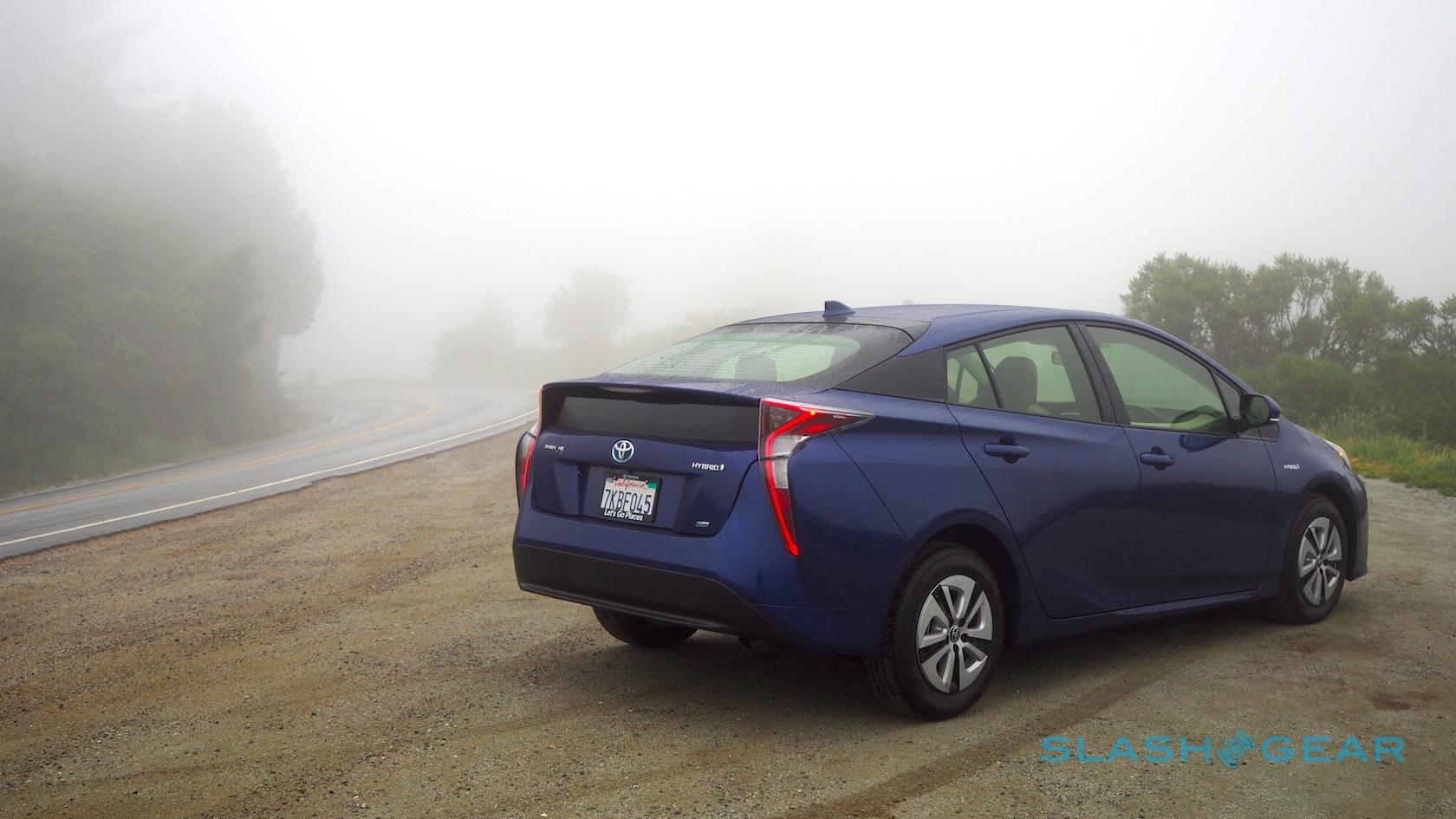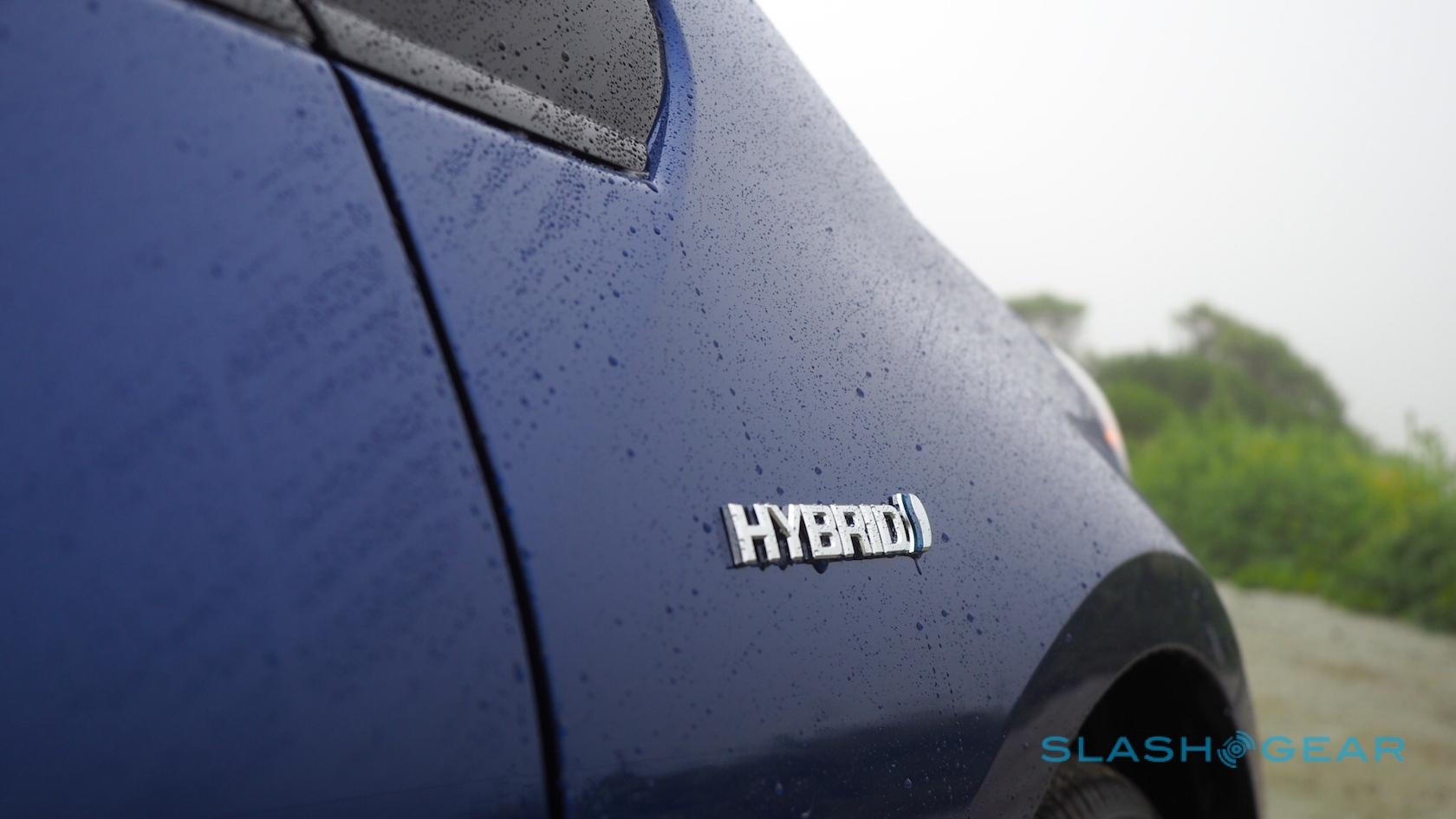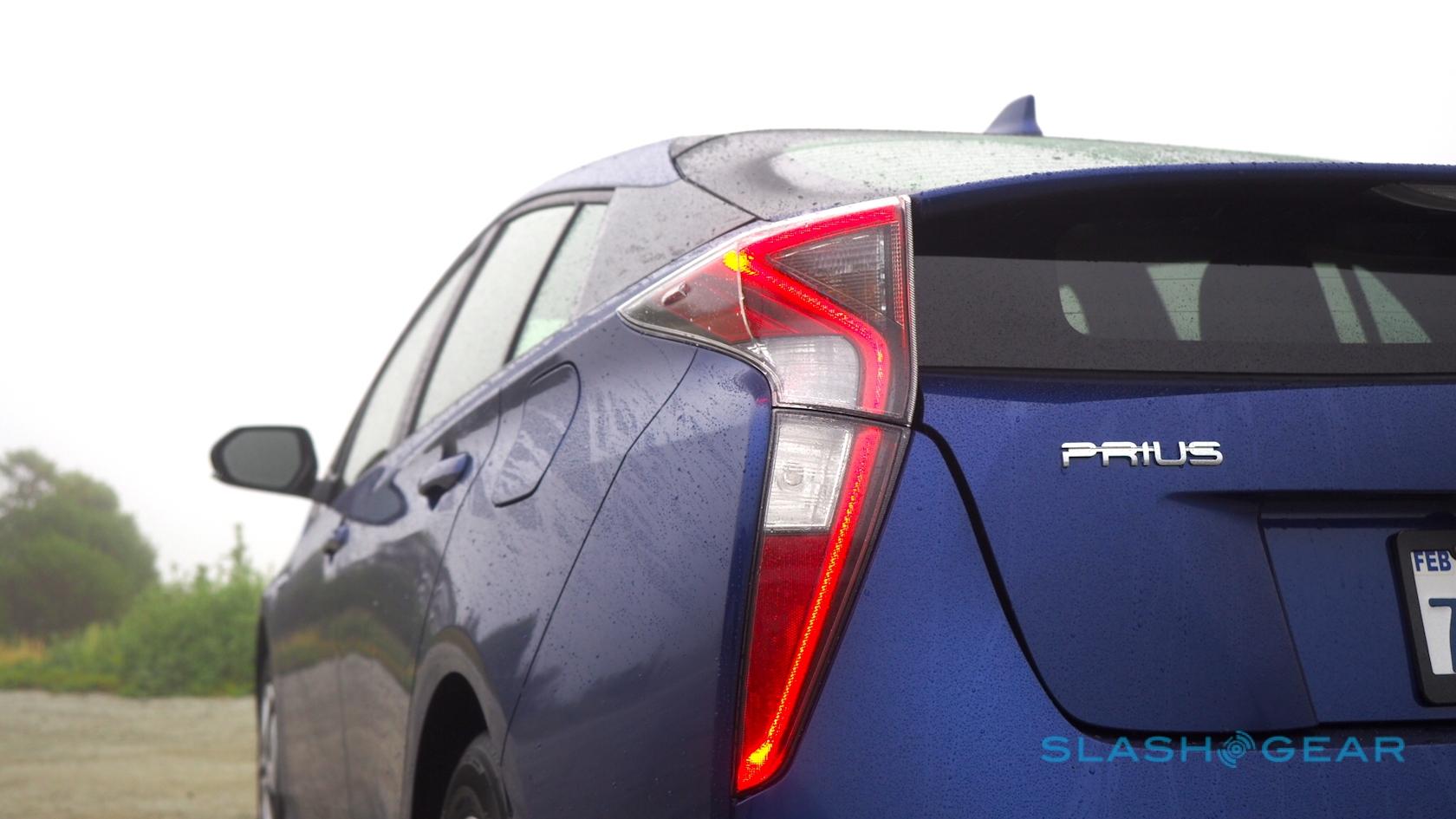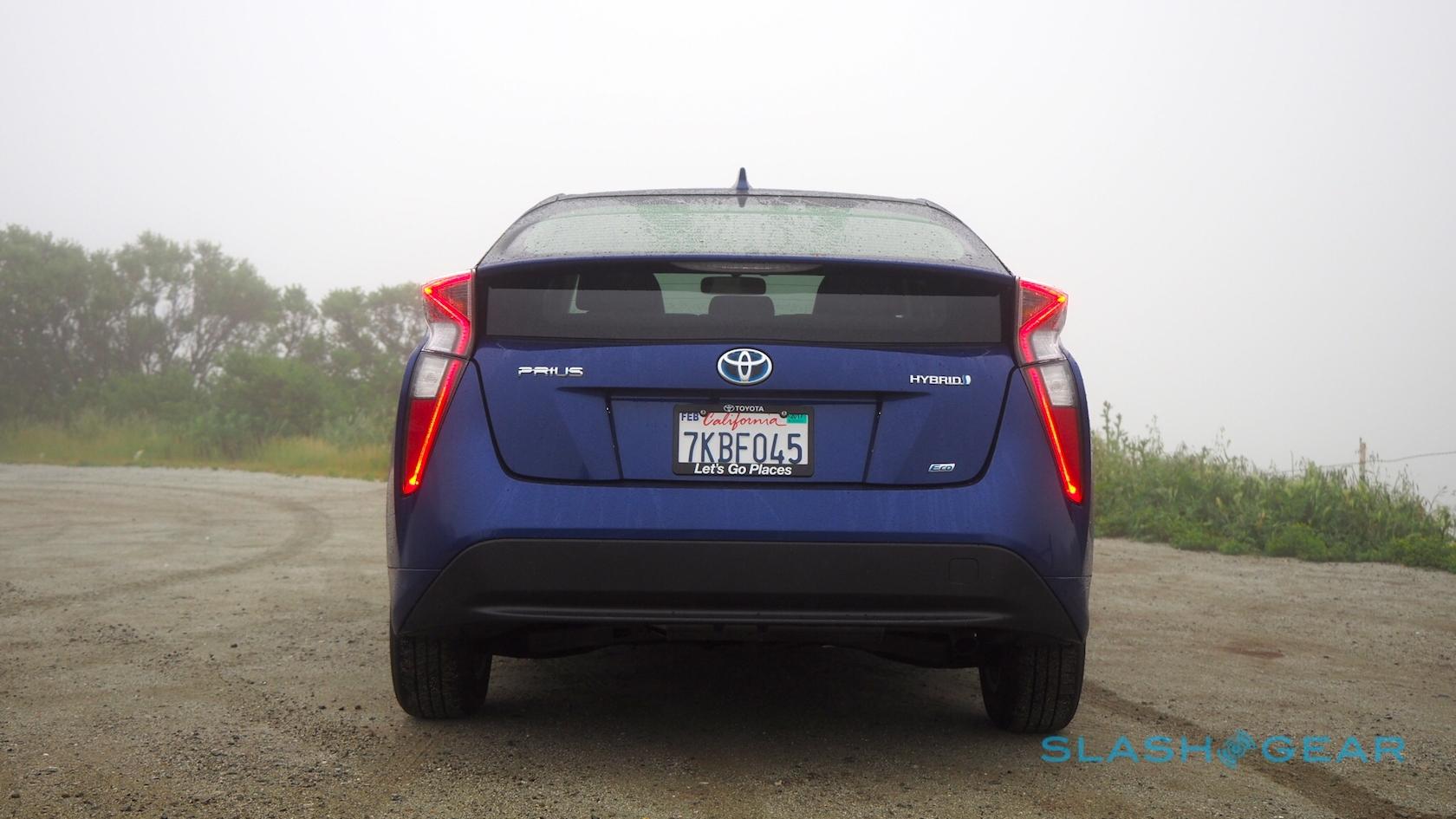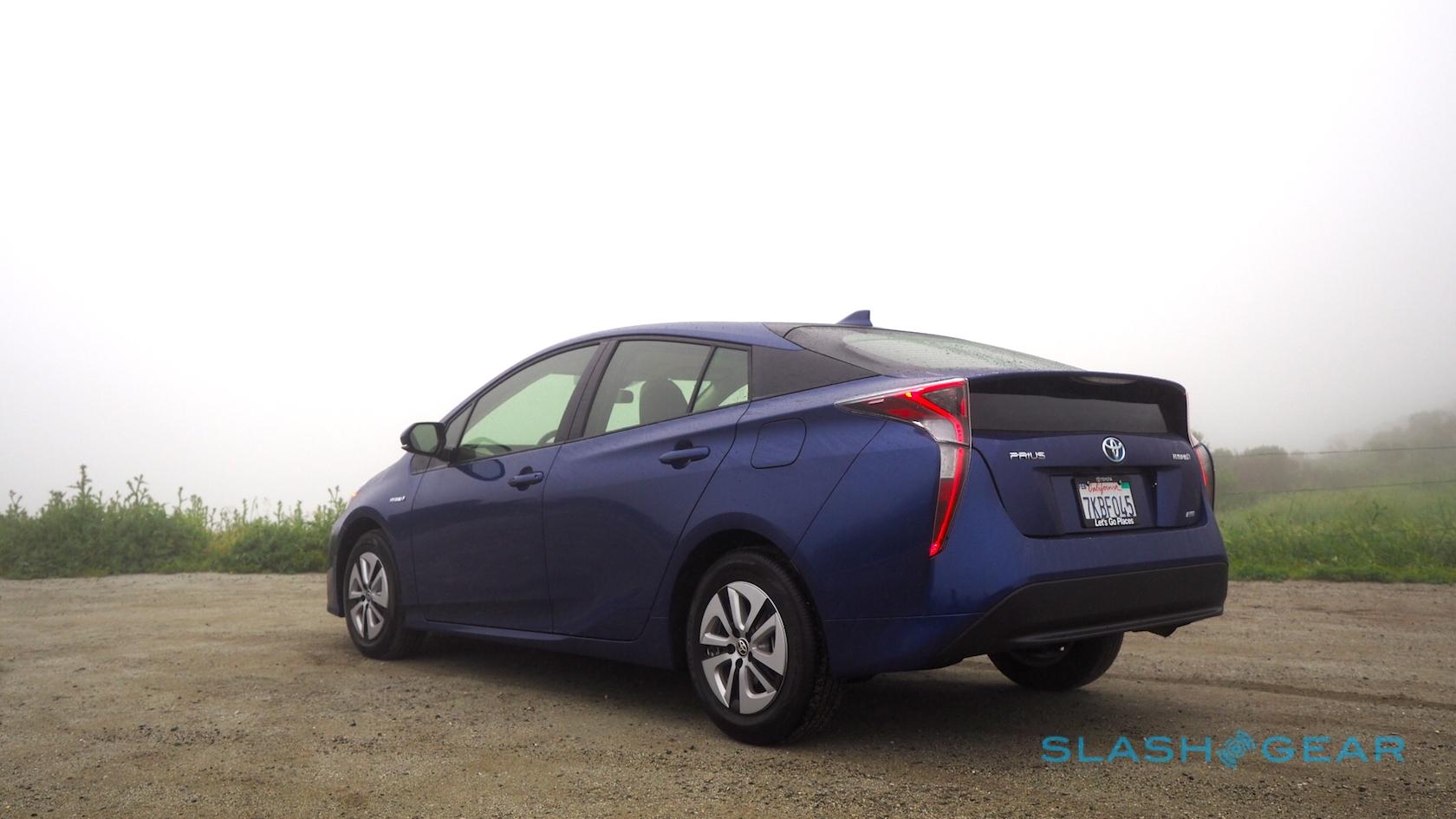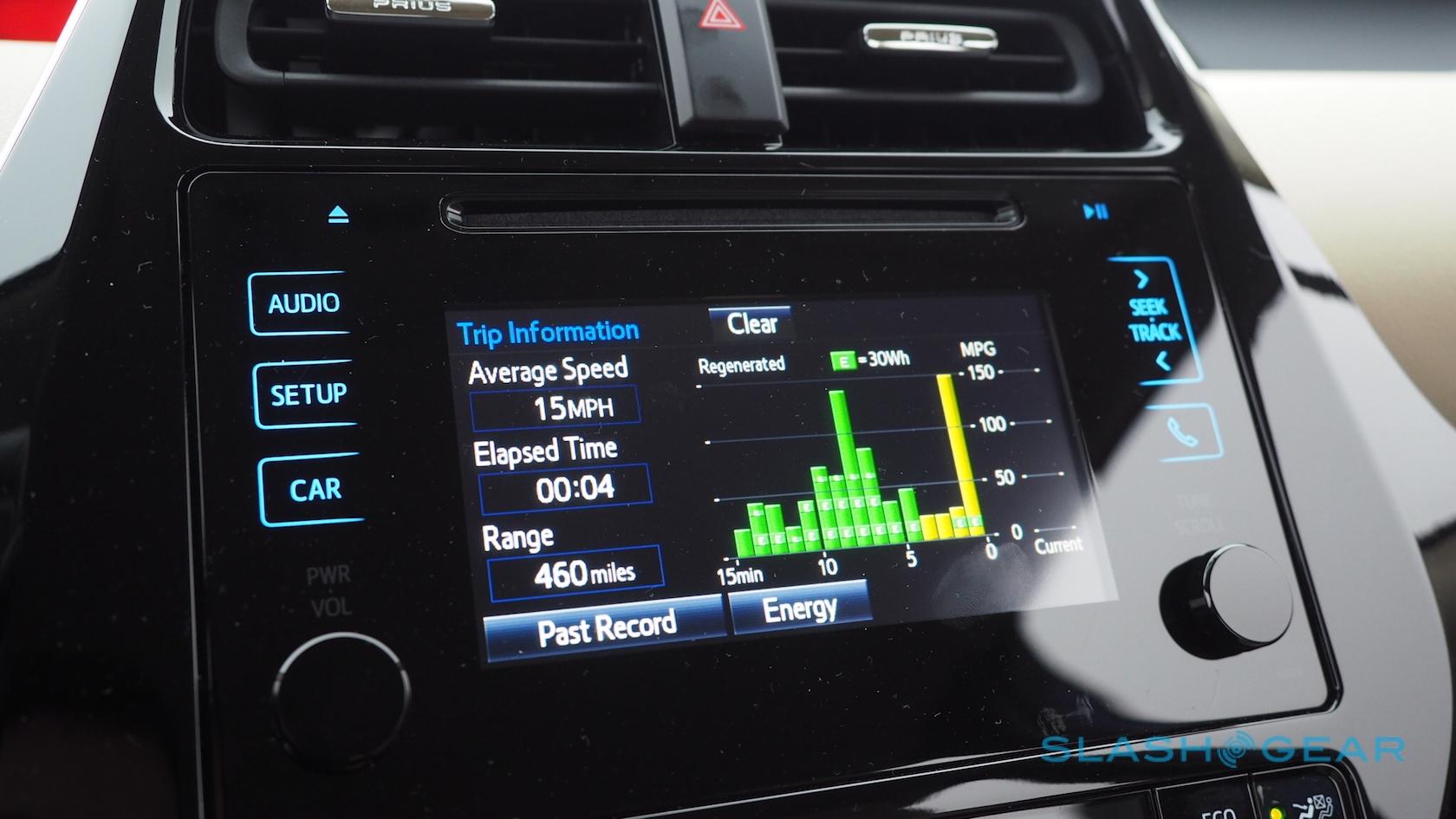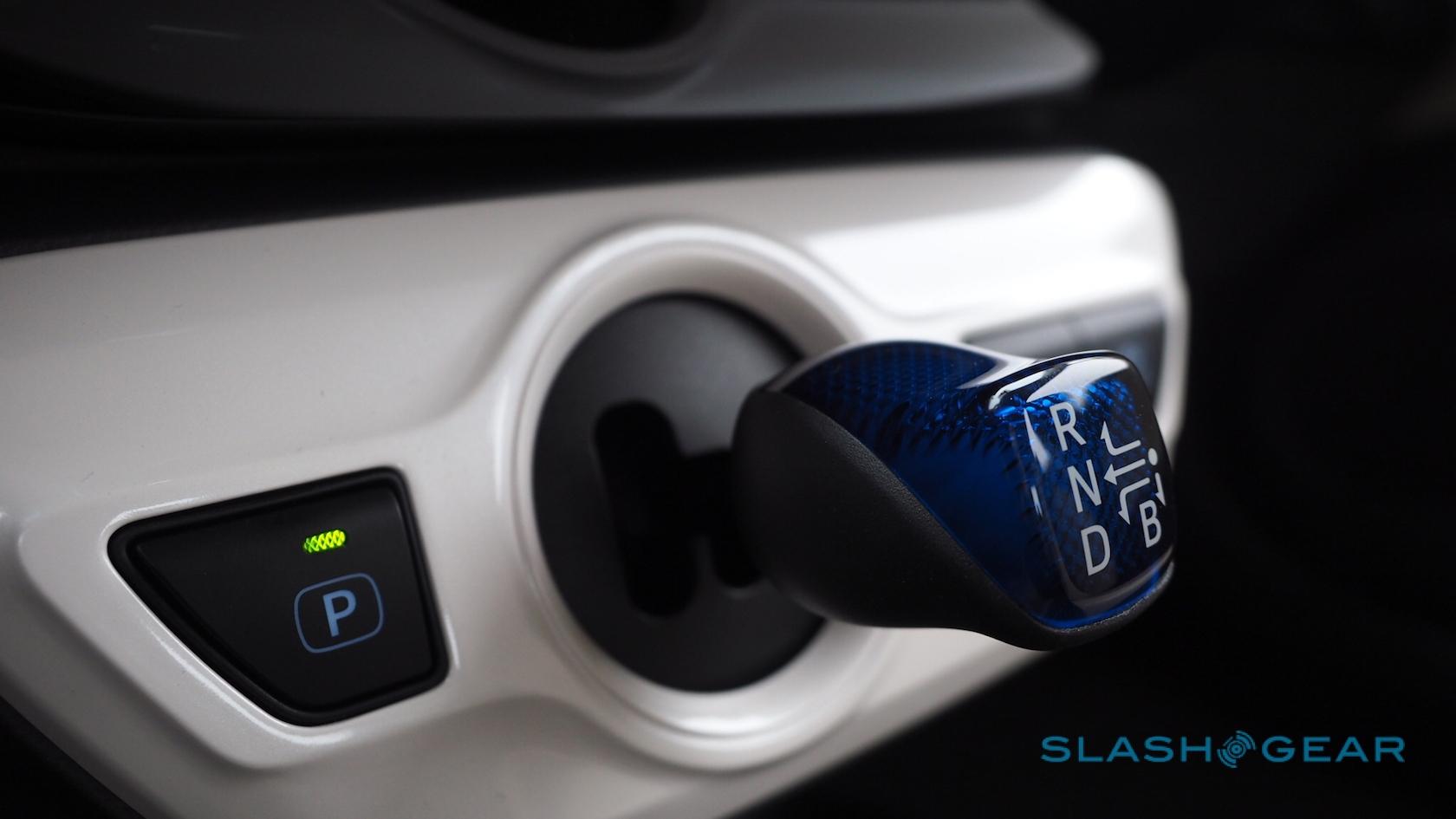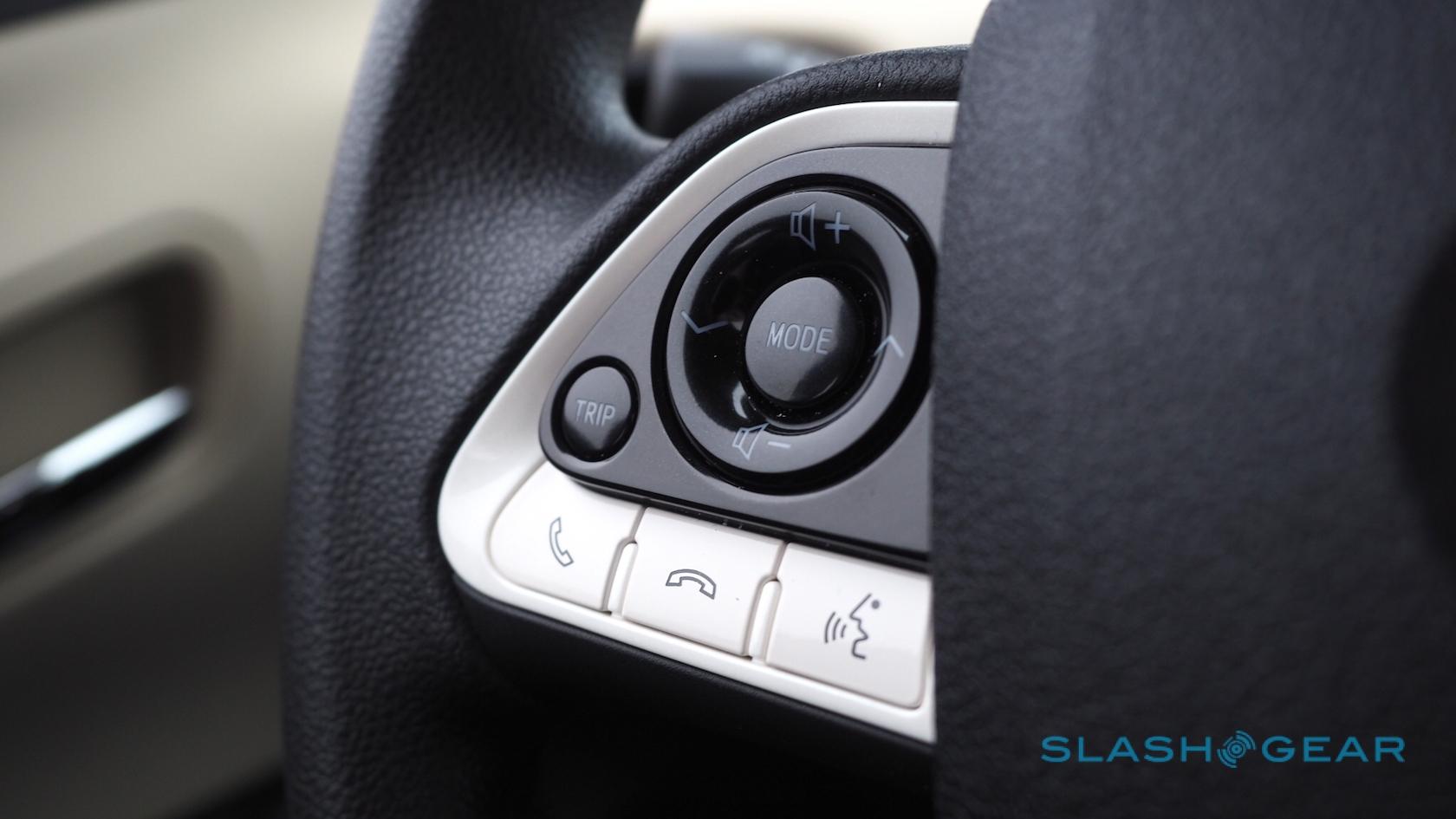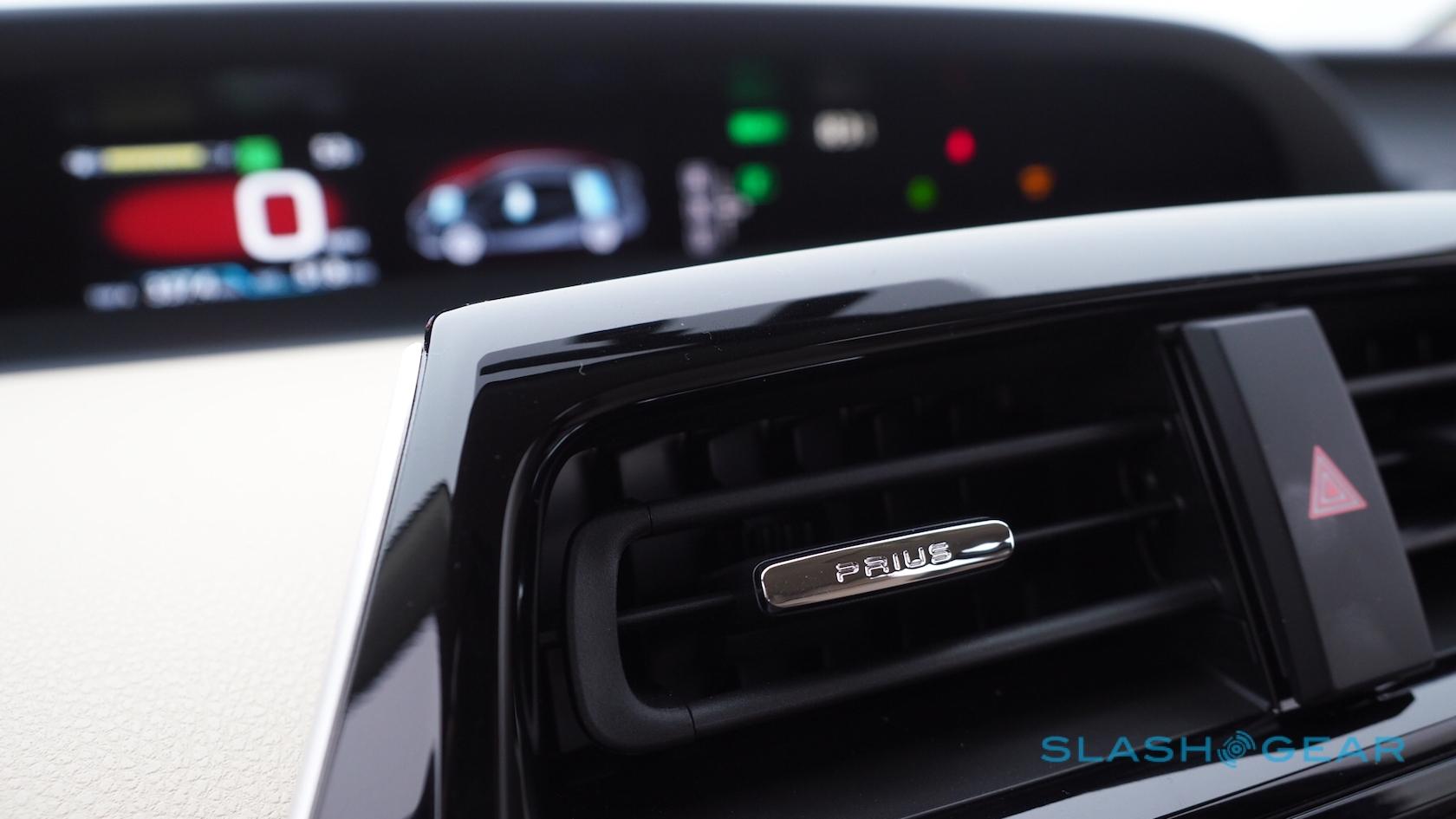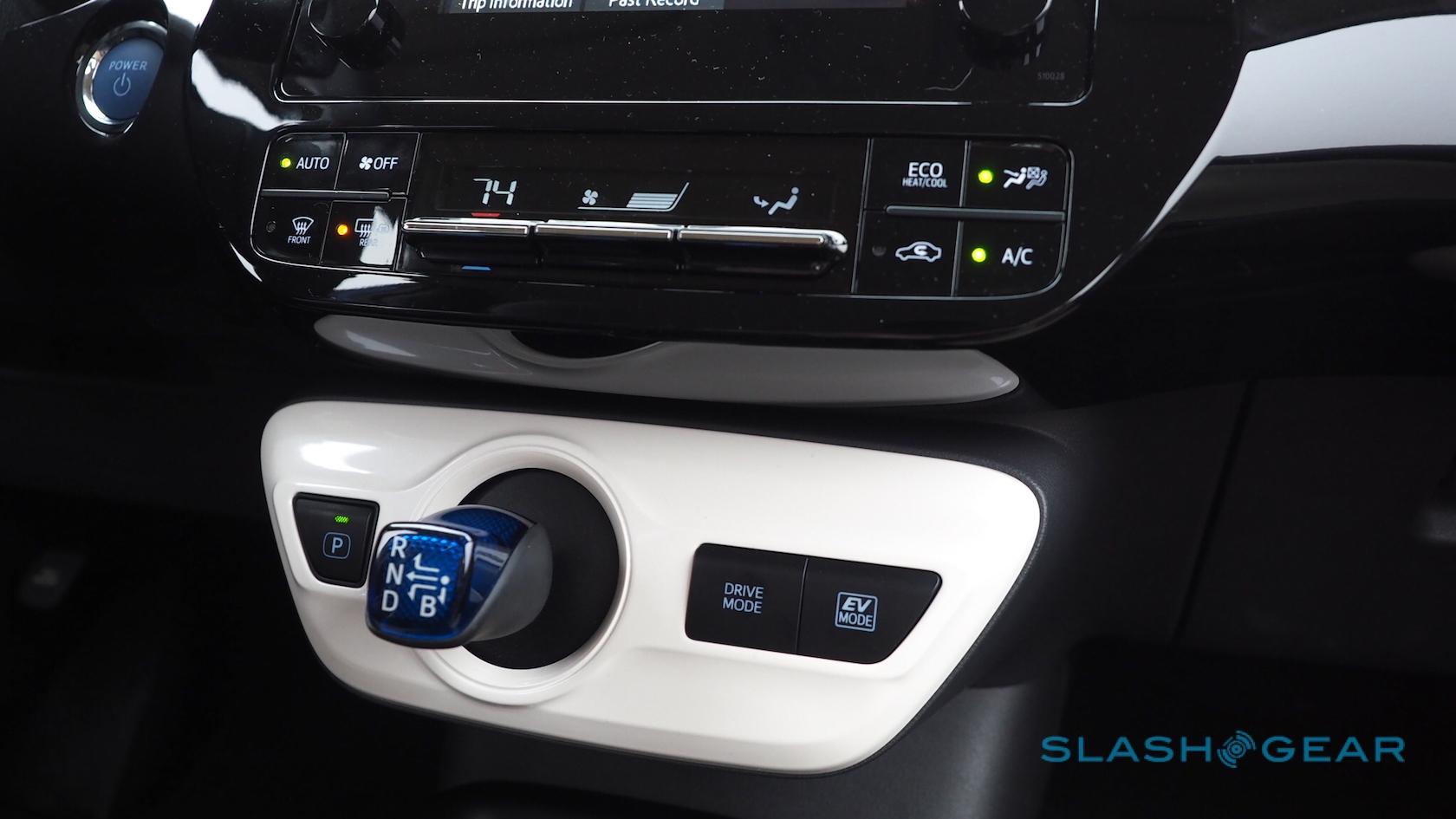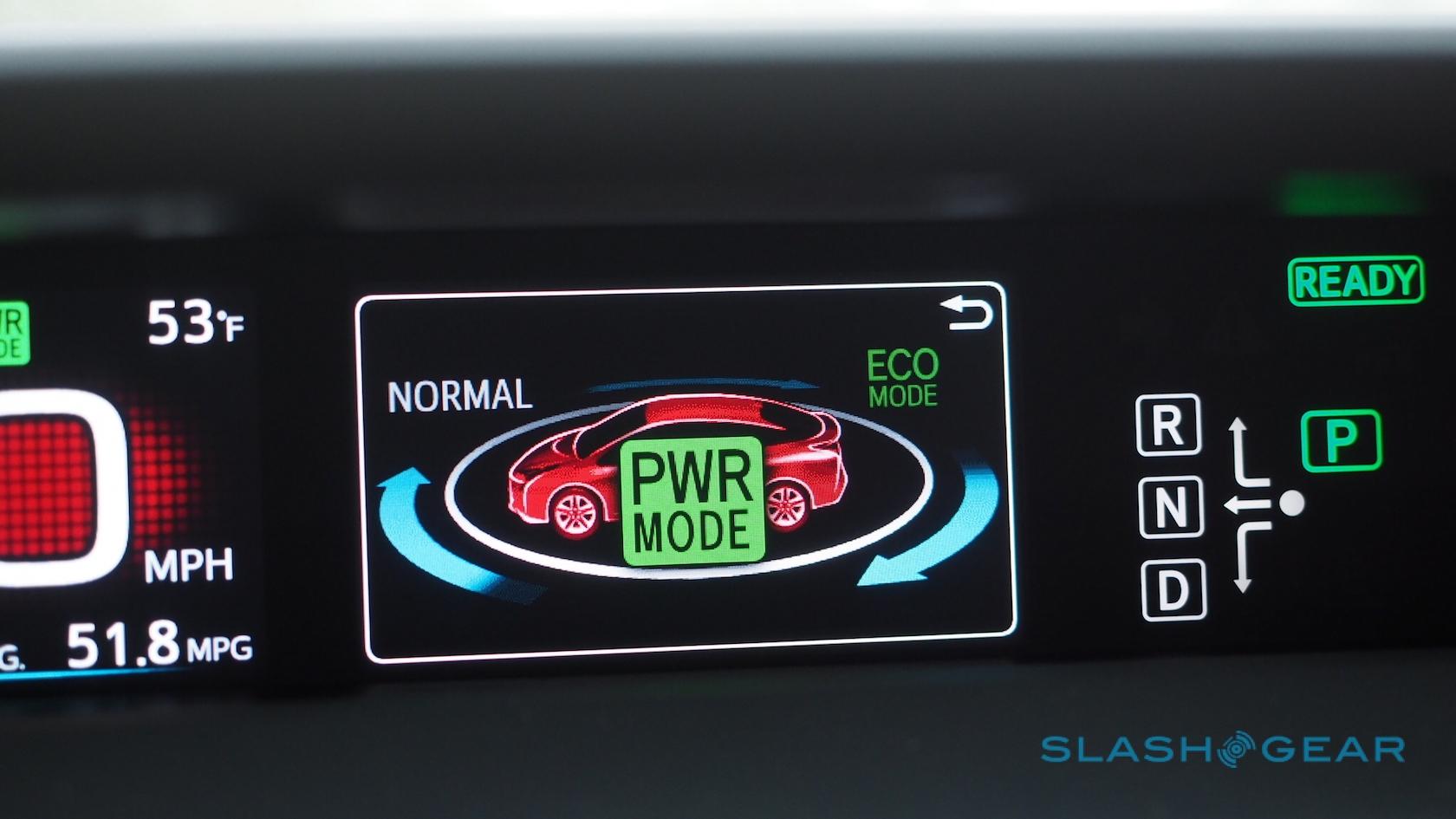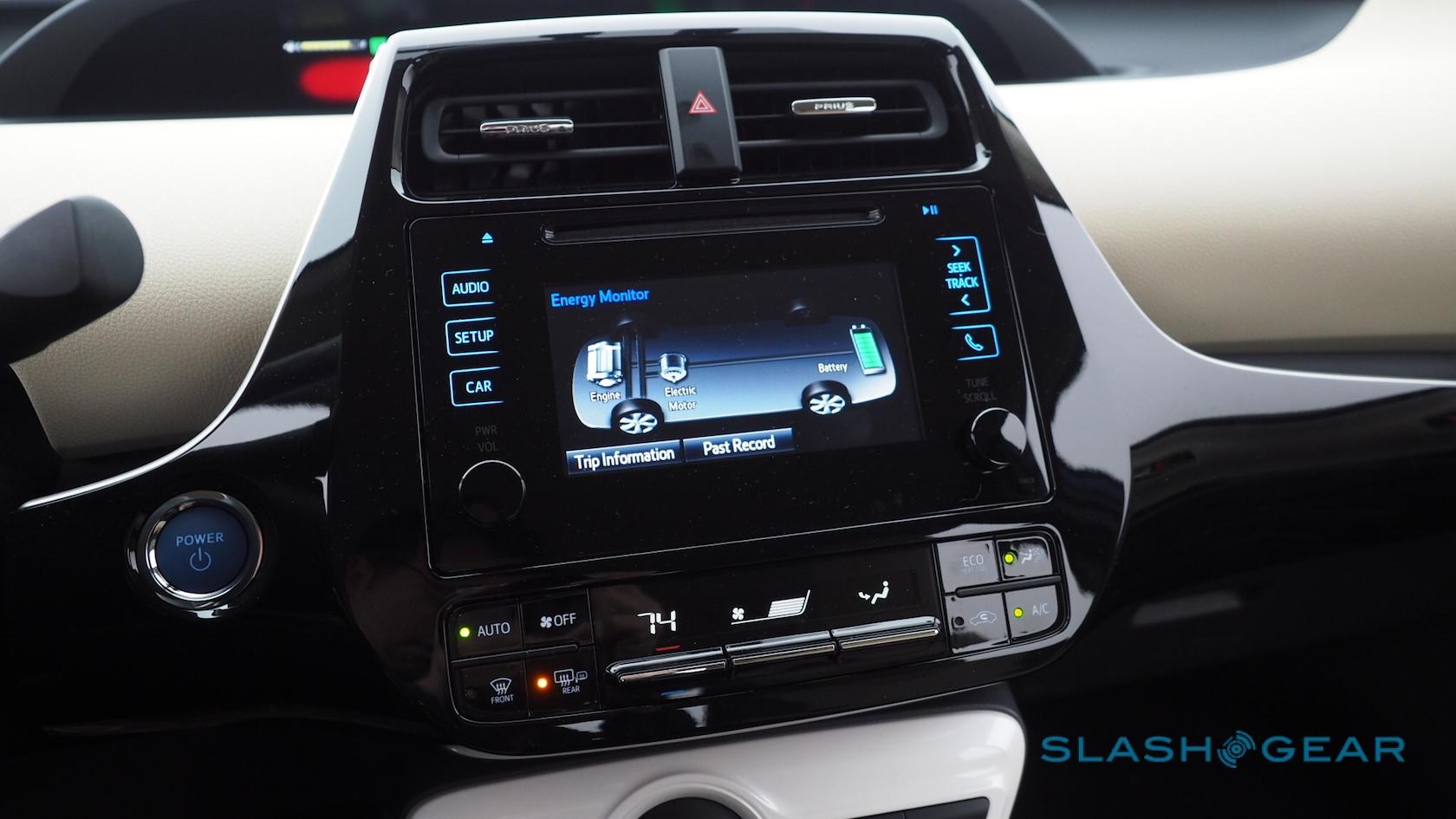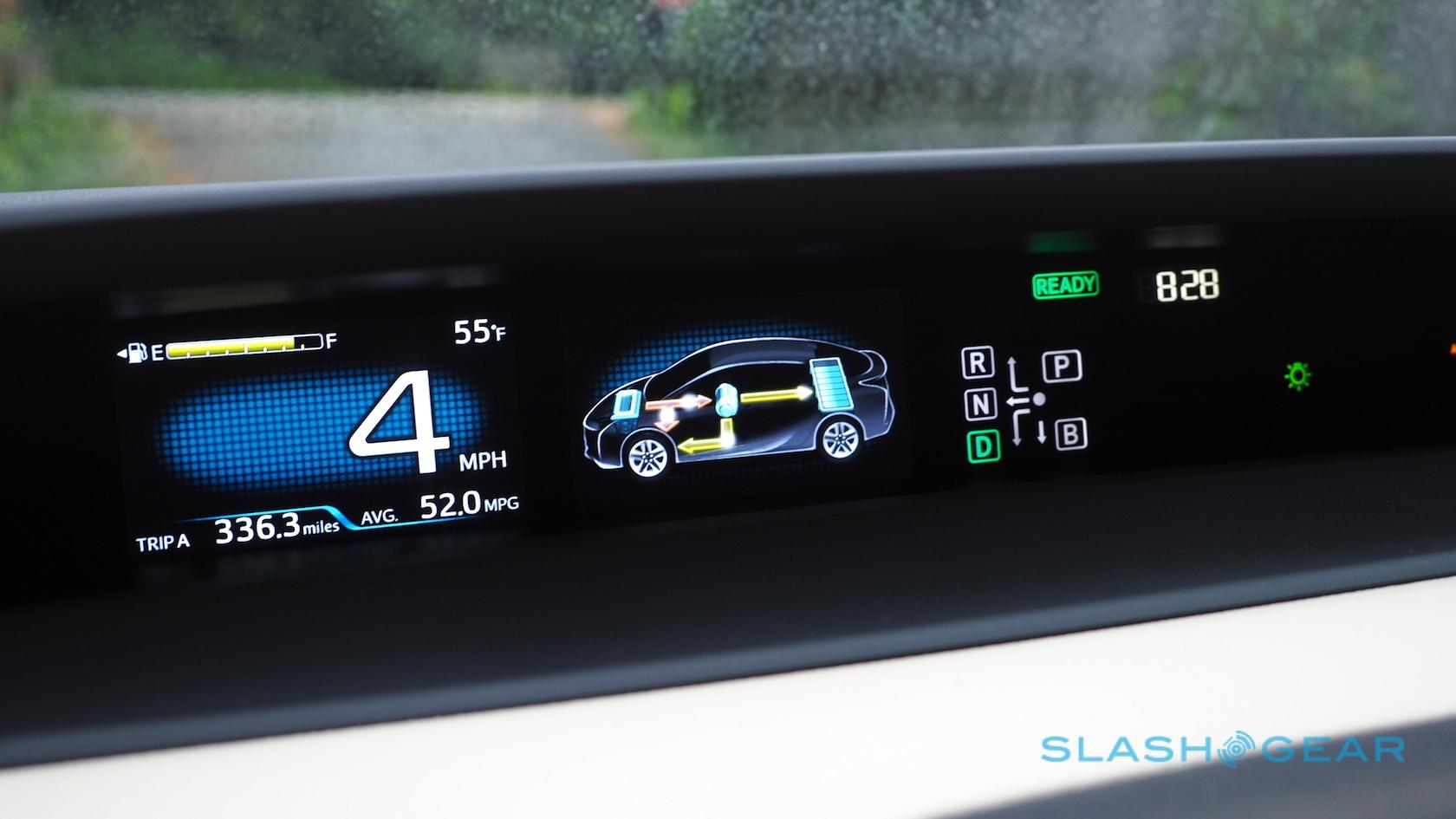Four things the 2016 Prius Two Eco gets absolutely right
Not for nothing is the Toyota Prius the chariot-of-choice for the eco pious. Toyota's segment-starting hybrid has become a mainstay of the green driving movement over its nearly two decades of production, at the same time racking up criticisms that it's more appliance than automobile. Along comes the fourth-generation 2016 Prius, however, and while you may be tempted to write it off as more of the same, it turns out there's a lot more changed than just the controversial looks.
The design is better in person
Cameras are not especially kind to the 2016 Prius. Toyota borrowed plenty of detailing from its distinctive Mirai hydrogen fuel-cell sedan, which would've been great had that distinctiveness met with wide acclaim. Sadly, it was not.
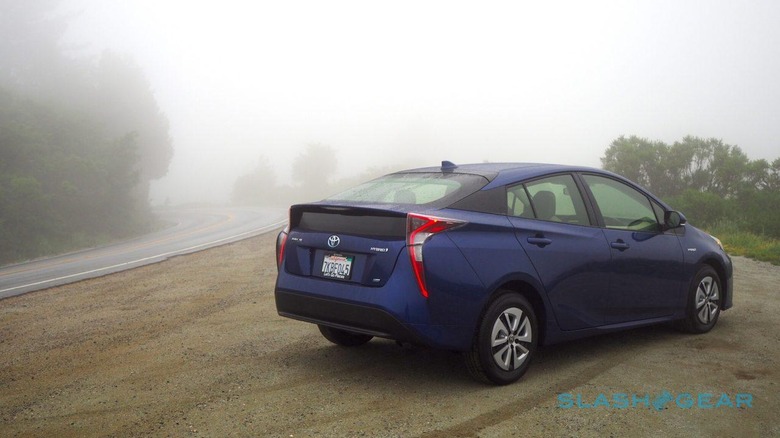
The good news is that the new Prius looks a whole lot better in-person. Photography flattens out the curves and detailing that are far more successful when you have the real car in front of you: the angular lights at the front help give it a purposeful stance, while the scalloped rear clusters have an almost neon-like pop that definitely grew on me.
In Prius Two Eco form you get two-tone 15-inch alloy wheels as standard, bi-LED lamps, and DRLs. Pay careful attention to the paint options: Blue Crush Metallic brings the lines out, but silver or white pearl make the car look like a bleached orca.
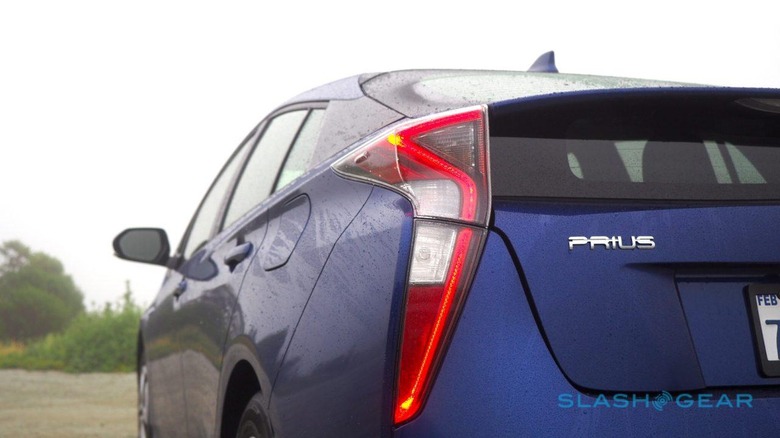
The cabin doesn't feel low-rent
The Prius Two Eco is, with destination, a sub-$26k car, and with a fair chunk of that cash going on the hybrid drivetrain, you expect corners to be cut elsewhere. Though the cabin isn't going to wow you, it definitely feels a notch or two better than the outgoing car.
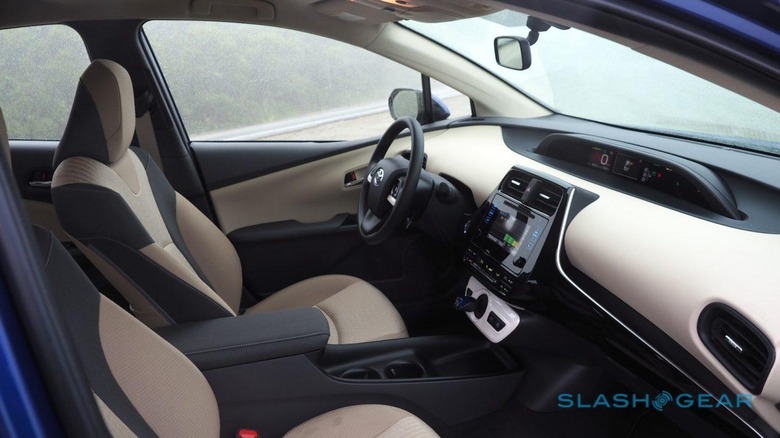
The dash feels less plasticky, with the central displays – still not my preference in terms of eye-line positioning – now better integrated with the swoops that begin around the door trim and sweep across the whole console.
Toyota's detailing has improved, too. The buttons on the steering wheel no longer feel like they were borrowed from a knock-off NES gamepad, and the switchgear in general is a whole lot less busy than before. You can adjust the HVAC without needing a user manual to figure out what all the controls do, and the various drive mode switches of before have been pared down to just two.
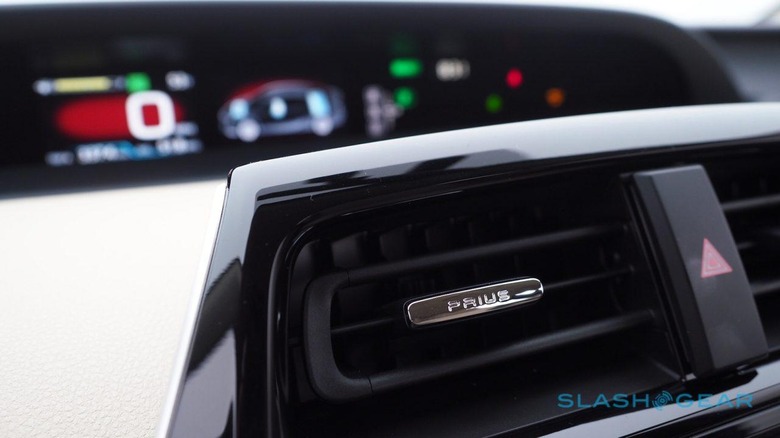
"Prius" logos are integrated into the vent controls, which is a neat touch, and the stubby little shifter looks either like a space-age tulip or a Dalek's groin attachment. Either way, it notches the CVT between modes with minimal fuss, and the white surround keeps the cabin light.
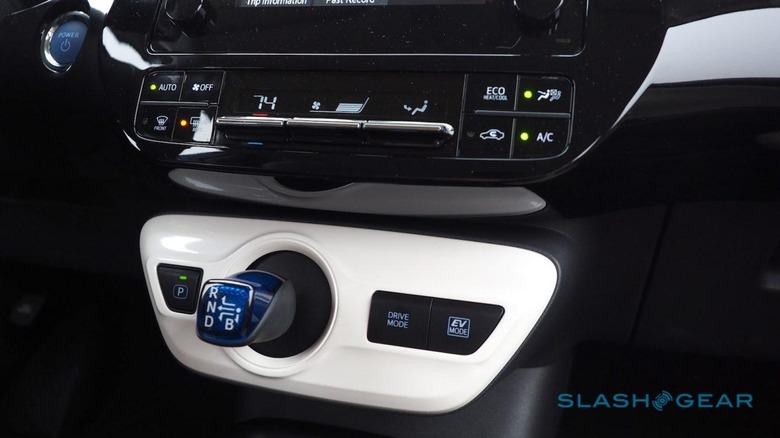
You get fabric not leather (or even faux-leather) but the seats are comfortable and, though rear-seat legroom is apparently down a little over the outgoing car, you feel like it's the opposite since it's brighter and airier back there.
It's actually fun to drive
It's fair to say that none of the first three generations of Prius have been the first choice for enthusiastic drivers. Never mind first choice, indeed: they wouldn't even be found on the list. So it comes as something of a surprise to find the fourth-gen car actually bucks that trend.
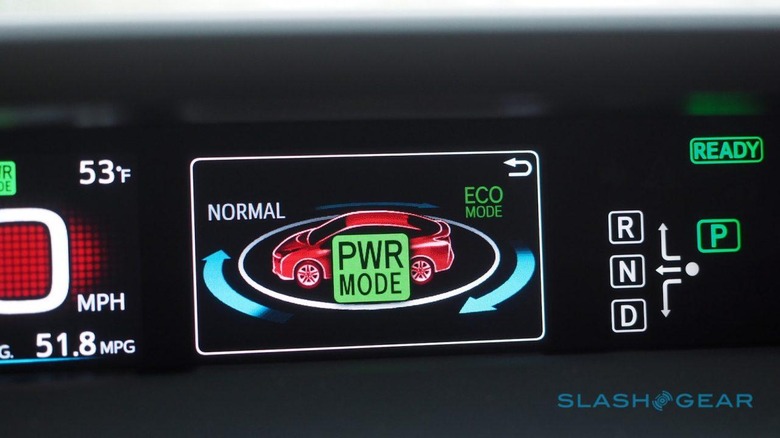
Hit the Drive Mode button until you're in the "Power" setting, mash your right foot, and the Prius scoots forward with an eagerness unfamiliar from Toyota's eco models of old. Swing into the corners, meanwhile, and where the previous Prius handled like a rubber brick down a drain spout, the new car actually zips round pretty nicely.
It's down to the Toyota New Global Architecture (TNGA), the automaker's redesigned modular platform which the fourth-gen Prius is the first vehicle to use. "Fun to drive" was a central goal for TNGA, with the center of gravity lowered and more body rigidity. Throw in the Li-Ion batteries in the Prius Two Eco – the regular car still uses heavier NiMH packs – and you get something bordering on nimble.
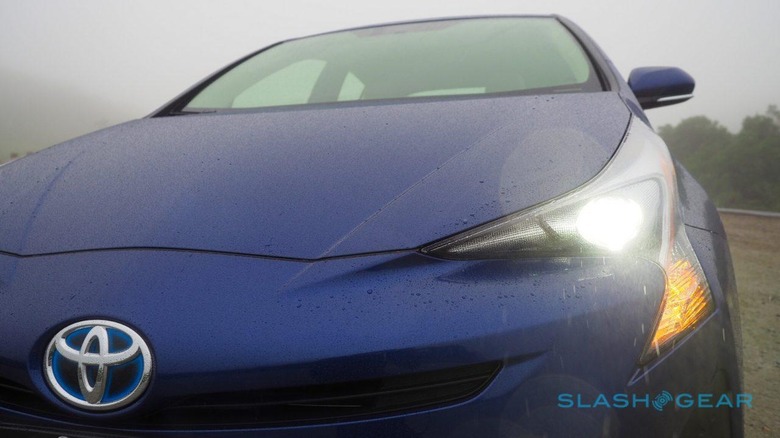
No, you're not going to be chasing the neighborhood Lotus, and it's not hard to find the limits of the wheels' grip, but ask yourself: when did you last hear tire squeal when playfully nudging the rear end of a Prius out while cornering on a mountain road? The EV drive fills in the gaps for the 1.8-liter 4-cylinder gas engine, and the CVT isn't afraid to keep things spinning. All while averaging 52+ mpg.
It delivers on economy
Toyota and the EPA rates the Prius Two Eco as good for 58 mpg in the city and 53 mpg on the highway, for a total of 56 mpg combined. That's a couple of points higher than the outgoing car, but what's notable is how easy it is to get great economy from the fourth-gen Prius with minimal consideration.
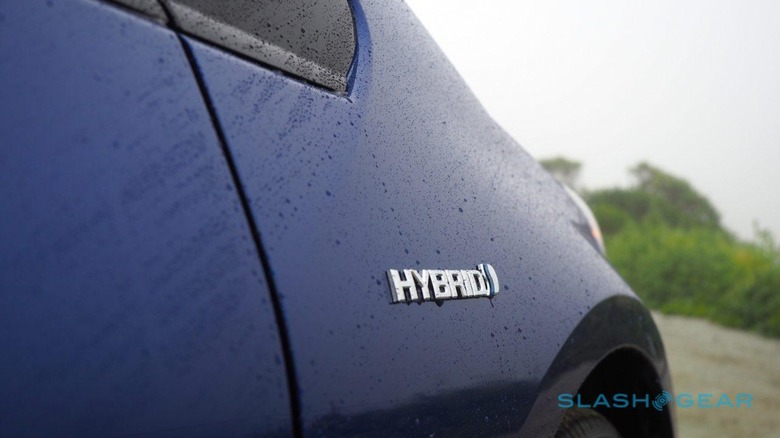
When I picked the car up from the airport one evening, my primary goal was to get home as soon as possible, not to coax record-breaking mpg numbers from it. I drove like I would any other car, including a 22 mile run along the highway, and still ended up hitting 54 mpg.
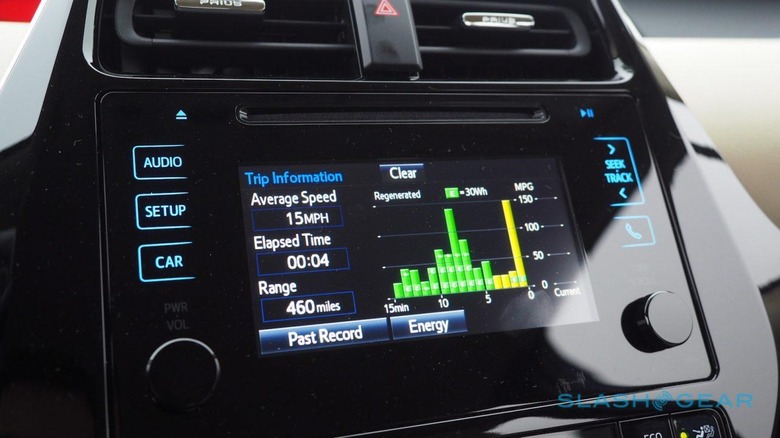
Driving with a little more consideration, I got into the low-60s. That wasn't with any great hair-shirt sacrifice, or crawling along at 55 mph on the freeway, either. After a couple hundred miles, the gas gage had notched down only a block and a half, and frankly I was pleased to see it move: I'd started to think it was broken.
Wrap-Up
Buying a Prius used to be like buying a refrigerator: you have to be a special kind of person to get giddy over appliances. It may have created the mass-market hybrid segment, but Toyota's car was just too bland to stand out in it any more.
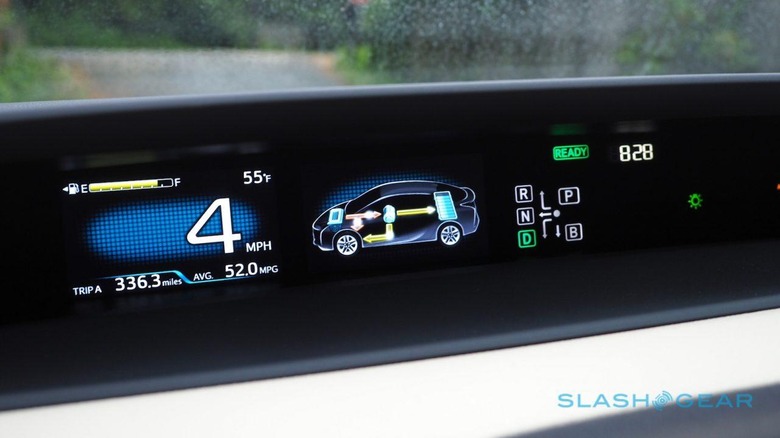
That's changed with the fourth-generation Prius, and while the most obvious difference is the design, it's really the underlying architecture which gives the car its appeal. You can actually drive it with enthusiasm and not be bored to tears.
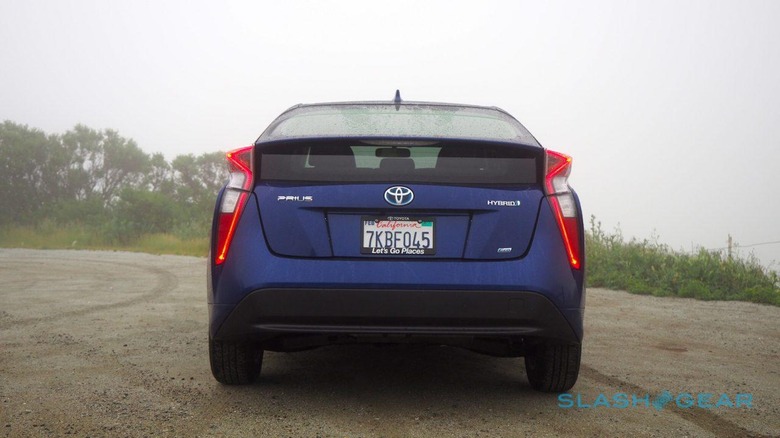
Best of all, you really don't have to choose between that and economy. If you're yet to take the plunge to all-electric – and there are plenty of people, like apartment-dwellers or those with long or unpredictable commutes, for whom that's still just not an option – a hybrid still makes plenty of sense, and the 2016 Prius Two Eco drives Toyota back into the game.


